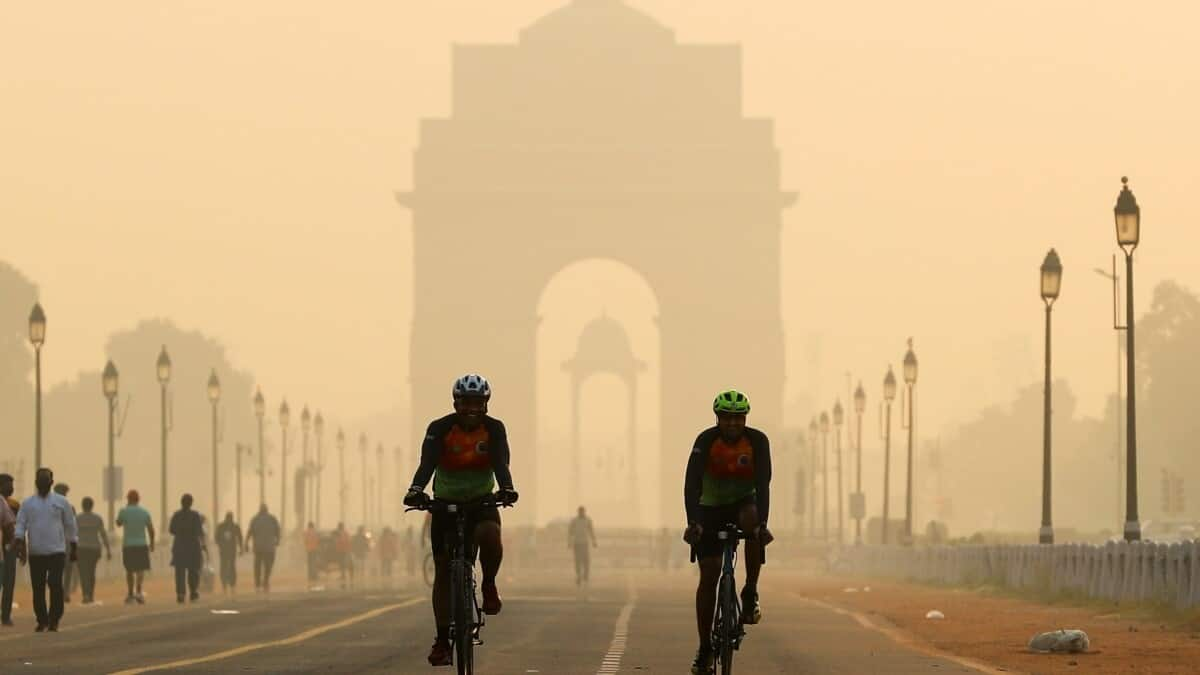
Explained: What's artificial rain, can it help combat Delhi pollution
What's the story
The national capital is reeling under a severe air pollution crisis, with the Air Quality Index (AQI) touching nearly 500 in some regions. In light of this alarming situation, the Delhi government has suggested cloud seeding to create artificial rain. The technique is aimed at temporarily improving air quality by washing away pollutants. Here's what you need to know about this weather modification process and its potential effectiveness against air pollution.
Process explained
Cloud seeding
Cloud seeding is a weather modification technique that increases precipitation by injecting substances into clouds. These substances, including silver iodide, dry ice, and potassium iodide, serve as nuclei for water droplets to form. This may result in increased rainfall. The technique identifies suitable clouds with enough moisture but without conditions for heavy precipitation. Aircraft with dispensers then inject the seeding agents into these clouds.
Project proposal
Delhi government seeks Centre's support for artificial rain project
Delhi Environment Minister Gopal Rai has appealed to Prime Minister Narendra Modi to help make artificial rain a reality to combat the city's worsening pollution crisis. The Indian Institute of Technology (IIT) Kanpur has proposed a cloud seeding project, costing around ₹1 lakh per square kilometer. However, experts remain skeptical about cloud seeding's efficacy in tackling air pollution as it requires experimentation and optimal weather conditions.
Expert opinion
Experts express skepticism over cloud seeding's effectiveness
However, SN Tripathi from IIT Kanpur was skeptical about cloud seeding's effectiveness in fighting air pollution. He said "doing it at this point of time won't help much" as experimentation and optimal weather conditions are required. Tripathi said "the probability of it working is very low." While some studies show modest precipitation increases from cloud seeding, its effect on air quality is unknown.
Environmental impact
Environmental concerns and the need for long-term strategies
There are also concerns about possible environmental impacts of introducing chemicals into the atmosphere through cloud seeding. Experts stress that this technique shouldn't be a substitute for tackling the root causes of pollution through emission cuts and stricter control measures. As Delhi looks for ways to combat its air quality woes, cloud seeding continues to be a topic of interest and debate. But, comprehensive long-term strategies are needed to effectively tackle underlying pollution causes.